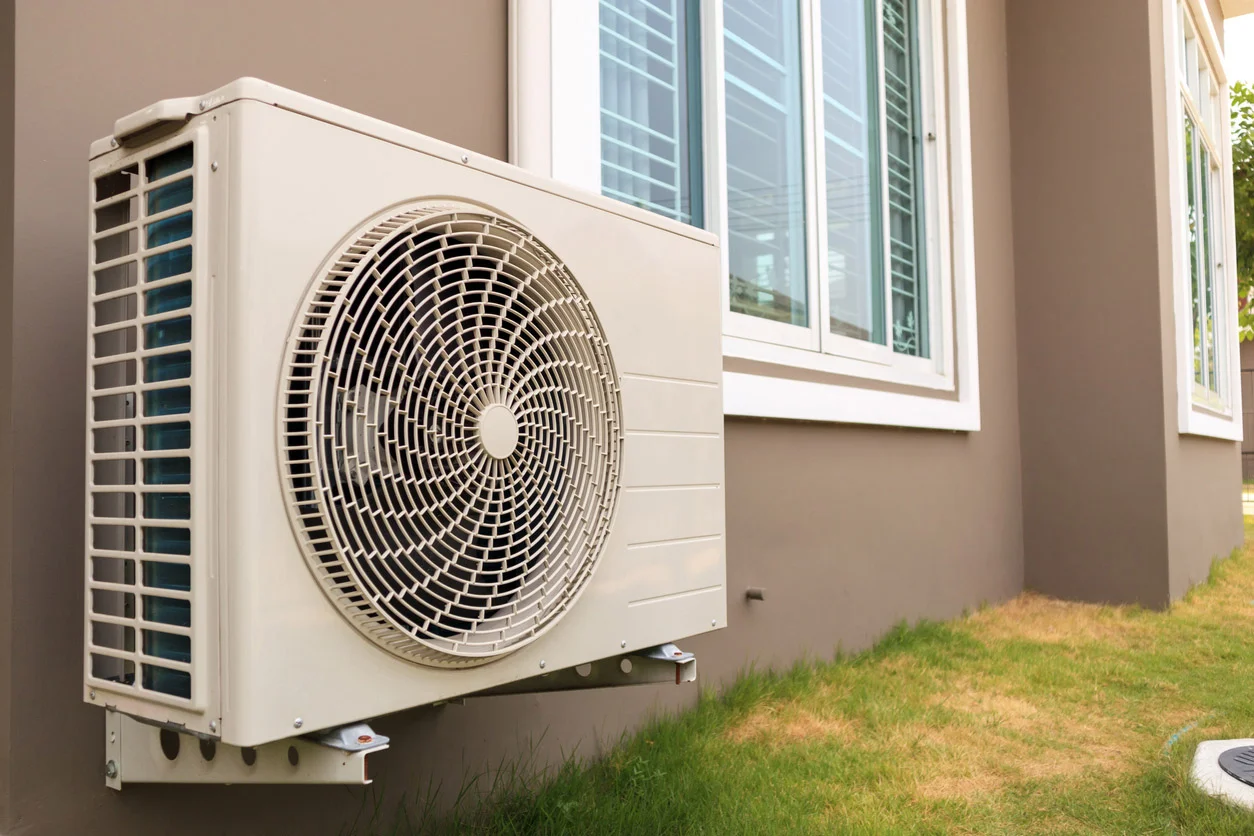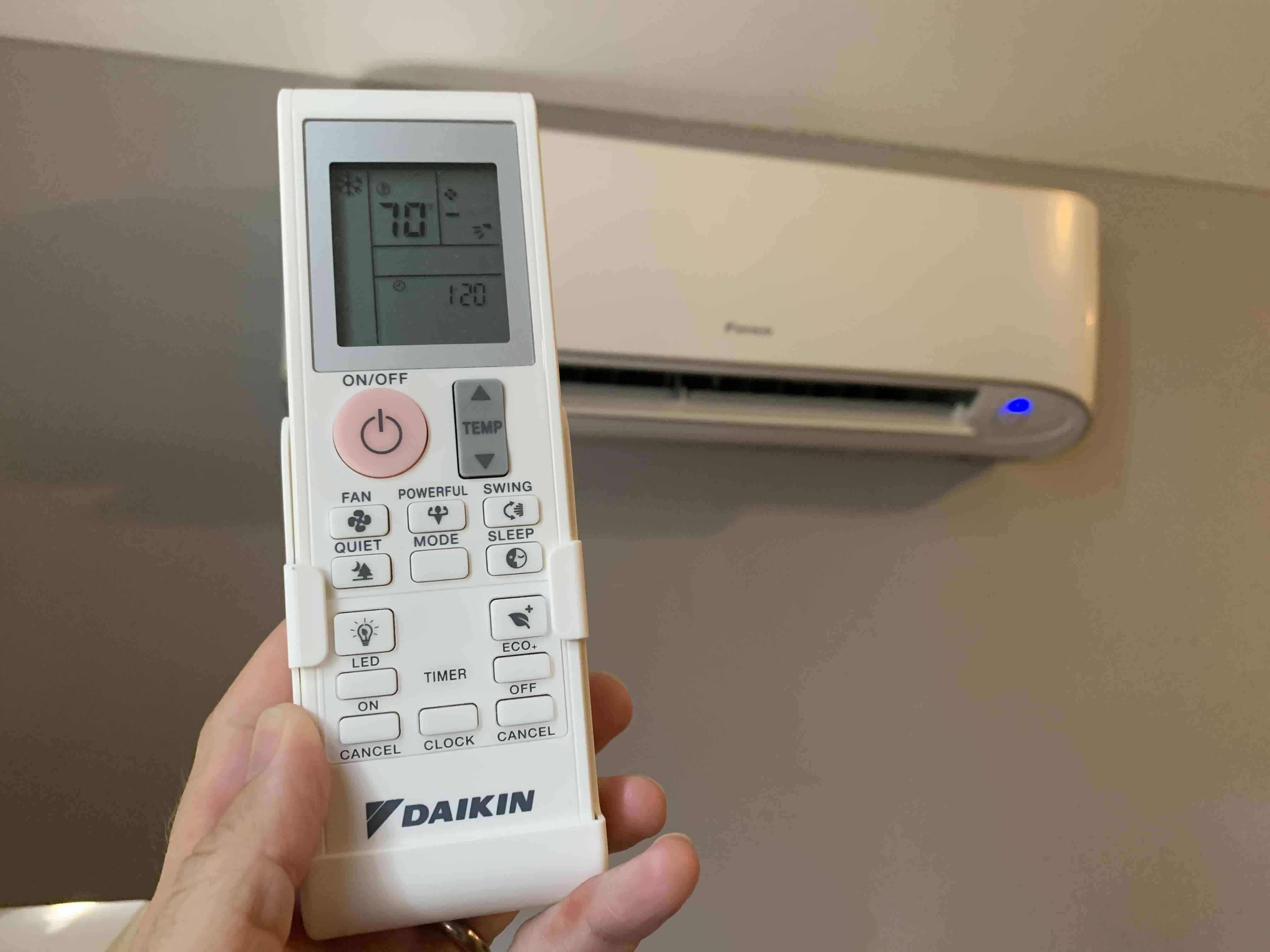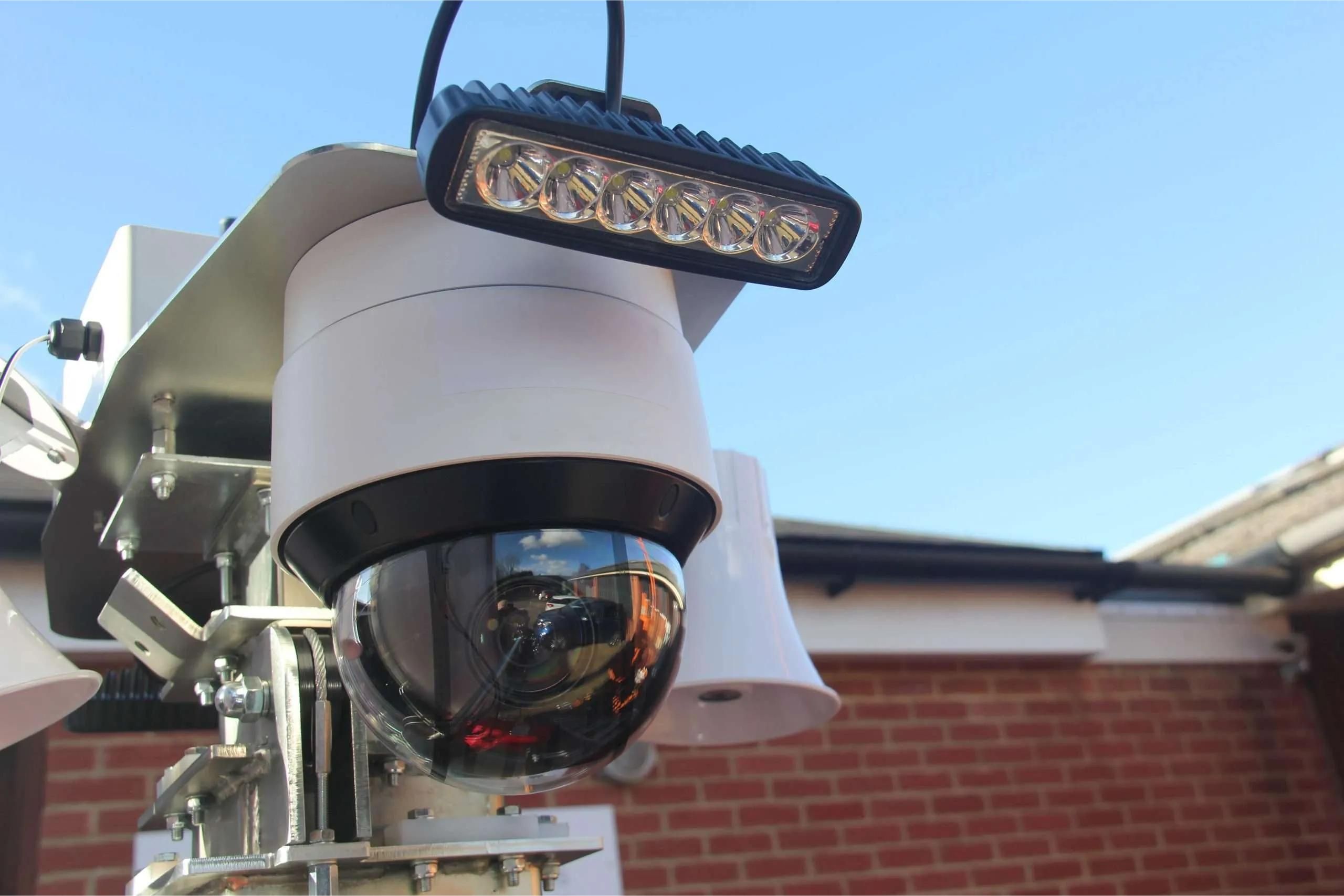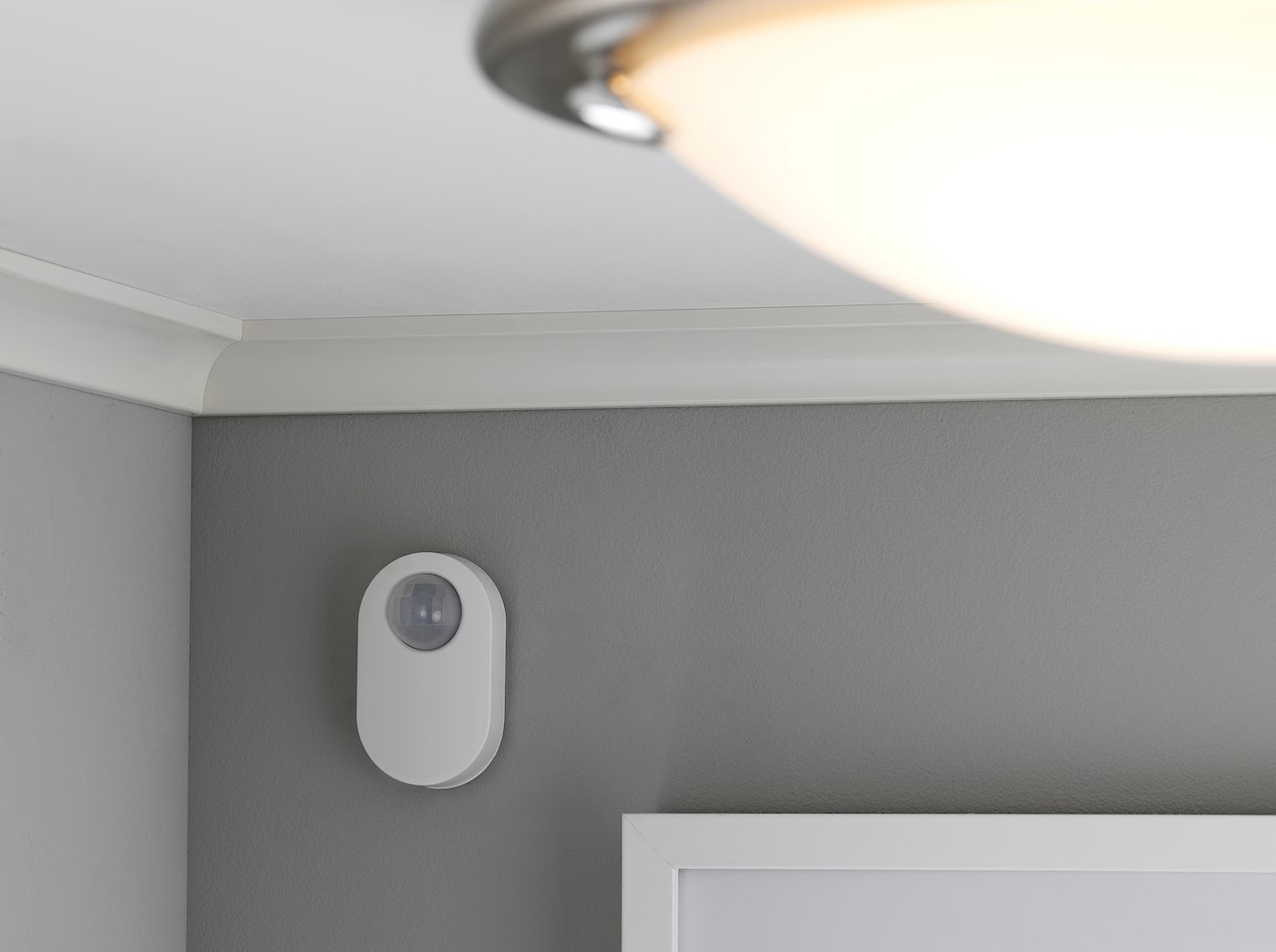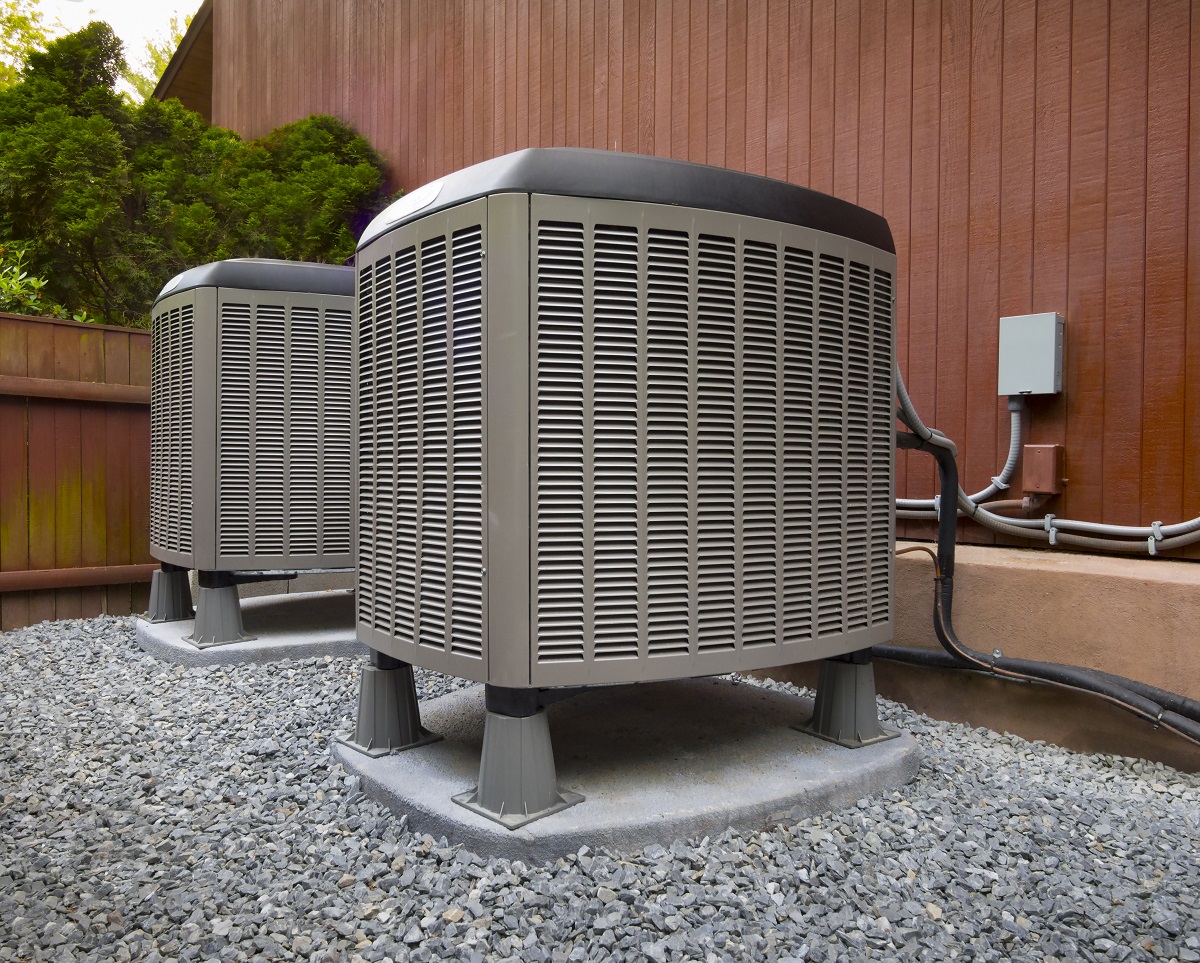Home>Home Maintenance>What Does LF Sq Mean On A Home Repair Estimate
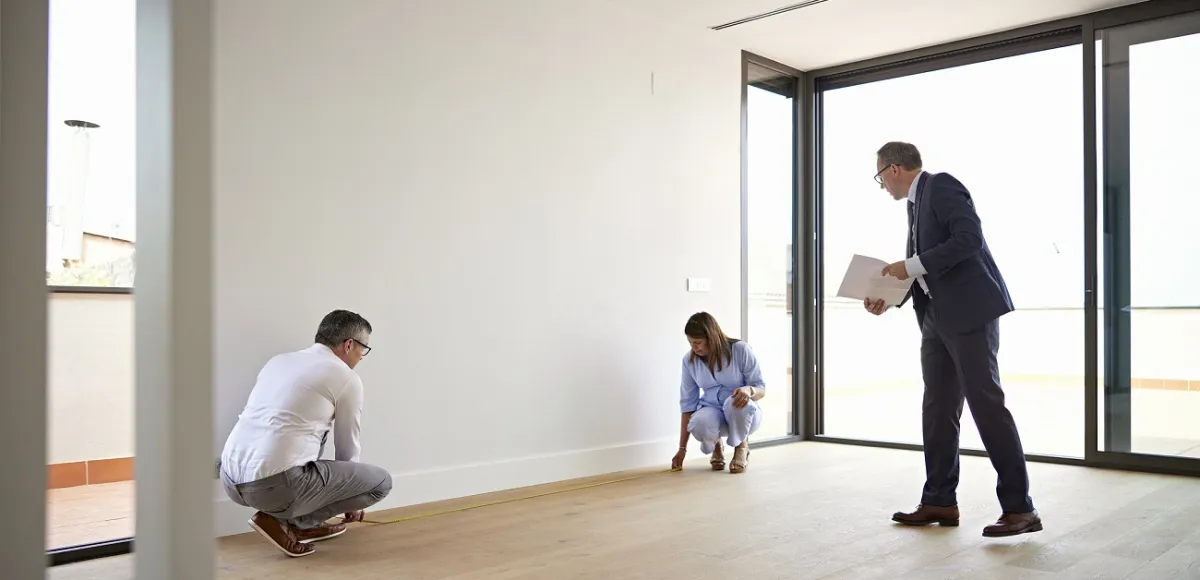

Home Maintenance
What Does LF Sq Mean On A Home Repair Estimate
Modified: March 6, 2024
Understand the meaning of "LF Sq" on a home repair estimate with our comprehensive guide. Get insights and tips on home maintenance to ensure a hassle-free repair process.
(Many of the links in this article redirect to a specific reviewed product. Your purchase of these products through affiliate links helps to generate commission for Storables.com, at no extra cost. Learn more)
Introduction
Welcome to the world of home maintenance! Whether you’re a new homeowner or a seasoned pro, understanding the ins and outs of home repair estimates is crucial. When you receive a quote for a repair or renovation project, you may come across unfamiliar terms and abbreviations. One such abbreviation that often appears on home repair estimates is “LF Sq.”
In this article, we will dive into the meaning of LF Sq on a home repair estimate and its significance in estimating costs. We will explore how LF Sq is calculated, the factors that influence its calculation, and provide examples to help you better grasp this concept. By the end of this article, you will be well-equipped to navigate home repair estimates and make informed decisions about your next project.
So, let’s get started by unraveling the mystery behind LF Sq.
Key Takeaways:
- LF Sq is a crucial measurement in home repair estimates, helping determine material and labor costs. Understanding LF Sq empowers homeowners to compare estimates and make informed decisions about their projects.
- Factors like repair area size, complexity, material and labor costs, and local market rates influence LF Sq calculations. By grasping these factors, homeowners can accurately estimate project costs and plan effectively.
Read more: What Does “LF” Mean In Construction
Understanding LF Sq on a Home Repair Estimate
LF Sq is a commonly used abbreviation in the home repair industry that stands for “linear feet of square footage.” It is a unit of measurement used to calculate the amount of material needed for a specific repair or renovation project.
When you receive a home repair estimate, the LF Sq value represents the total length of the repair area multiplied by the width of the area to determine the square footage. This measurement is crucial for accurately estimating the cost of materials, such as flooring, countertops, or wall coverings, as well as determining the amount of labor required to complete the project.
The importance of LF Sq in home repair estimates cannot be overstated. It serves as a foundation for accurately determining project costs and helps both homeowners and contractors understand the scope of the work involved.
By having a clear understanding of the LF Sq value, homeowners can compare estimates from different contractors and ensure they are receiving a fair price for the materials and labor involved. Likewise, contractors rely on the LF Sq measurement to accurately estimate their costs and provide a competitive and accurate estimate to their clients.
Whether you’re planning a small repair or a major renovation, understanding the LF Sq value on a home repair estimate puts you in a position of knowledge and empowers you to make informed decisions.
Factors Affecting LF Sq Calculation
When it comes to calculating LF Sq on a home repair estimate, several factors influence the final measurement. Understanding these factors will give you valuable insight into how the calculation is made and the cost estimates involved. Let’s explore these factors:
Size of the Repair Area
The first factor that affects the LF Sq calculation is the size of the repair area. It’s quite simple – the larger the area, the more material and labor will be required. For example, if you’re getting a quote for flooring installation, the square footage of the area to be covered will play a significant role in determining the overall cost.
Complexity of the Repair
Another factor to consider is the complexity of the repair. Certain repair projects, such as installing tile in irregularly shaped rooms or repairing intricate trim work, require more time and effort. The complexity of the repair can increase the LF Sq measurement and impact the overall cost estimate.
Read more: What Does Lf Mean On Maytag Washer
Material and Labor Costs
Material and labor costs play a significant role in determining the LF Sq calculation. Different materials have varying costs per square foot, so the choice of materials can significantly affect the estimate. Additionally, labor costs vary depending on the complexity of the repair, the skill level required, and local market rates.
Local Market Rates
The local market rates for materials and labor are essential considerations in calculating LF Sq. Prices can vary significantly from one location to another, depending on factors such as supply and demand, cost of living, and competition among contractors. It’s important to keep this in mind when comparing estimates from different contractors or when relocating to a new area.
In summary, several factors, including the size of the repair area, the complexity of the repair, material and labor costs, and local market rates, influence the LF Sq calculation. Understanding these factors will enable you to better interpret and evaluate home repair estimates and make informed decisions about your project.
How LF Sq is Calculated
Now that you understand the factors that affect the LF Sq calculation, let’s take a closer look at how it is determined. There are several key elements to consider when measuring and calculating LF Sq on a home repair estimate:
Measurement Techniques
Accurate measurements are crucial when calculating LF Sq. Depending on the nature of the repair, different measurement techniques may be employed. For linear repairs like baseboards or crown molding, a measuring tape can be used to determine the length. For square or rectangular areas, a tape measure can be used to record both the length and width. More complex areas may require taking multiple measurements and breaking them down into smaller sections for accurate calculations.
Read more: What Does Lf Mean On A Whirlpool Washer
Formula for LF Sq Calculation
The formula used to calculate LF Sq is relatively straightforward. It involves multiplying the length of the repair area by the width to determine the square footage. The resulting square footage is then converted into linear feet by dividing it by 12, which is a standard conversion factor for linear feet in one foot.
Common Conversion Factors
In addition to the conversion factor for linear feet, there are other common conversion factors that you may encounter in LF Sq calculations. For example, if the material you are working with is measured in yards or meters, you will need to convert those measurements to feet before calculating LF Sq. Similarly, if the material is priced per square yard or square meter, you will need to convert it to square feet for accurate cost estimation.
By following proper measurement techniques, using the correct formula, and understanding common conversion factors, you can ensure accurate LF Sq calculations on your home repair estimates. These calculations will provide essential information for estimating material and labor costs and help you make informed decisions about your project.
Examples of LF Sq Estimates
To further illustrate the concept of LF Sq on a home repair estimate, let’s explore some sample repair scenarios and walk through calculation demonstrations:
Sample Repair Scenarios
1. Flooring Installation: Imagine you are planning to install new hardwood flooring in your living room. The room measures 15 feet by 20 feet. To calculate the LF Sq, multiply the length (15 feet) by the width (20 feet) to get 300 square feet. Since LF Sq represents linear feet, you will need to divide the square footage by 12. In this case, the LF Sq for your flooring installation would be 25 linear feet.
2. Painting a Wall: Let’s say you want to have a wall painted in your bedroom. The wall measures 10 feet high by 12 feet wide. You will need to calculate the LF Sq of the wall by multiplying the height (10 feet) by the width (12 feet) to get 120 square feet. Dividing 120 by 12, you will find that the LF Sq for painting the wall is 10 linear feet.
Read more: What Does Organic Mean In Home Decor
Calculation Demonstrations
1. Baseboard Installation: Suppose you need new baseboards installed in your dining room, which measures 12 feet by 18 feet. The calculation would be as follows:
LF Sq = (Length of the area × Width of the area) ÷ 12
LF Sq = (12 feet × 18 feet) ÷ 12
LF Sq = 216 square feet ÷ 12
LF Sq = 18 linear feet
2. Tile Backsplash: Let’s say you want to install a tile backsplash in your kitchen, which has a wall measuring 8 feet by 6 feet. The calculation would be:
LF Sq = (Length of the area × Width of the area) ÷ 12
LF Sq = (8 feet × 6 feet) ÷ 12
LF Sq = 48 square feet ÷ 12
LF Sq = 4 linear feet
These examples demonstrate how LF Sq can be calculated in various repair scenarios. By understanding the measurement techniques and applying the formula, you can accurately determine the LF Sq for your specific home repair projects.
Common Misconceptions about LF Sq
Despite its importance in home repair estimates, LF Sq can sometimes be misunderstood. Let’s address some common misconceptions and clarify any misunderstandings:
Clarification of Misunderstandings
1. LF Sq is not the same as square footage: It’s essential to note that LF Sq is a unit of measurement used to determine the linear feet of material needed, while square footage represents the total area in square feet. The conversion from square footage to LF Sq involves dividing by 12, as LF Sq represents linear feet.
2. LF Sq includes both length and width: While it is common to measure the length and width separately, they are combined in the LF Sq calculation. It’s crucial to multiply the length and width to determine the total square footage of the repair area before converting it into LF Sq.
Addressing Frequently Asked Questions
1. Can LF Sq be negative? No, LF Sq cannot be negative as it represents a physical measurement. If you encounter a negative LF Sq value on an estimate, it is likely an error that needs to be corrected.
2. Should I always choose the contractor with the lowest LF Sq estimate? While cost is an important factor, it is not the only consideration when choosing a contractor. Quality of work, experience, and reputation should also be taken into account. It’s essential to compare estimates holistically, considering both the cost and the contractor’s expertise.
3. Can LF Sq vary for the same repair in different estimates? Yes, LF Sq can vary slightly from one estimate to another due to differences in measurements or rounding. It’s essential to ensure consistency in measurements when comparing estimates and address any discrepancies with the contractor.
By clarifying these common misconceptions and addressing frequently asked questions, you can approach LF Sq calculations and estimates with confidence and a better understanding of how they impact your home repair projects.
Read more: What Does R-5 Insulation Mean
Conclusion
Understanding LF Sq on a home repair estimate is crucial for both homeowners and contractors. It serves as a key measurement that helps estimate the amount of material needed and determine labor costs for a specific repair or renovation project. By comprehending LF Sq, you can compare estimates, ensure fair pricing, and make informed decisions about your home maintenance needs.
We have covered the definition of LF Sq and its importance in home repair estimates. We explored the factors that affect LF Sq calculations, including the size of the repair area, complexity of the repair, material and labor costs, and local market rates. Additionally, we discussed how LF Sq is calculated using proper measurement techniques, the formula, and common conversion factors.
Examples of LF Sq estimates in various repair scenarios demonstrated the practical application of LF Sq calculations. By following these examples, you can apply the concepts to your own home repair projects, ensuring accurate measurements and estimating costs effectively.
We also addressed common misconceptions about LF Sq, such as its relation to square footage and the inclusion of both length and width. By clarifying these misunderstandings and addressing frequently asked questions, we aimed to provide a clear understanding of LF Sq and its role in home repair estimates.
In conclusion, having a solid understanding of LF Sq empowers you to navigate home repair estimates with confidence. It allows you to make informed decisions, negotiate fair prices, and ensure successful completion of your home maintenance projects. Embrace the knowledge of LF Sq and embark on your journey to a well-maintained and beautiful home!
Frequently Asked Questions about What Does LF Sq Mean On A Home Repair Estimate
Was this page helpful?
At Storables.com, we guarantee accurate and reliable information. Our content, validated by Expert Board Contributors, is crafted following stringent Editorial Policies. We're committed to providing you with well-researched, expert-backed insights for all your informational needs.
